SmartGen | Technology Enables Blue Sky—HGM9300CAN DPF Regenerate

Since the introduction of the national Ⅵ emission standard, DPF also came into the sight of everyone at the same time. DPF is an unfamiliar word for most people, but as an important part of national Ⅵ engine, let’s have a brief understanding of it.
The high standard of engine national Ⅵ emission has promoted the wide application of DPF. There are two kinds of emissions that need to be controlled by the national Ⅵ diesel engine: Nitrogen Oxide (NOx) and Particulate Matter (PM). Among them, NOx is the products of complete combustion, while PM is the product of incomplete combustion, which is generally what we call black smoke.
Currently, there are two main solutions for engine pollutant reduction:
1.Selective catalytic reduction (SCR) system reduces NOx;
2.Diesel particulate filter (DPF) reduces PM.
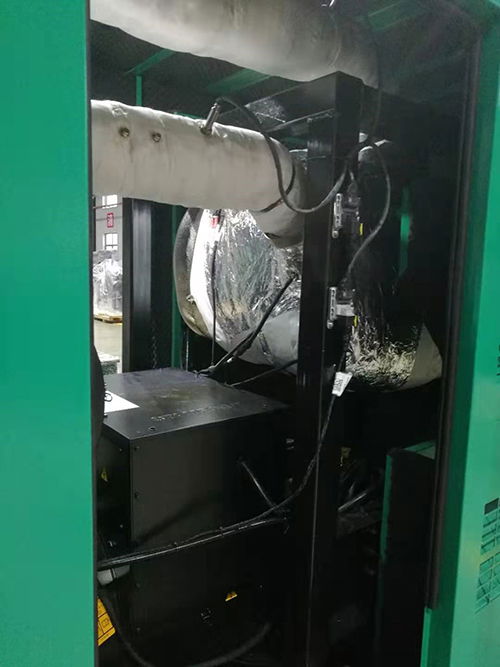
DPF
What we are talking today is the second way to reduce particulate matter emissions through DPF. DPF is actually a larger filter element for particulate matter, which collects all the black smoke and other impurities produced by the engine, thus reducing the particulate matter emission.
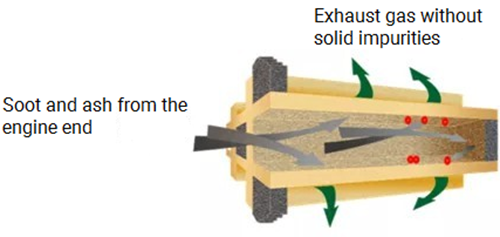
However, when the particulate matter reaches a certain amount in DPF, it will increase the engine exhaust back pressure, resulting in the engine power decreases. Therefore, the particulate matter in the DPF must be removed in time to maintain the normal operation of DPF, which is called DPF regeneration.
DPF regeneration can be divided into passive regeneration and active regeneration. Passive regeneration is not controlled by others, and most operating conditions of diesel engines can reach the regeneration temperature (250°C-500°C) in DPF, so it can effectively remove particulate matter in DPF. Active regeneration is controlled by the system. The control unit actively raises the DPF temperature for regeneration, and there are certain trigger conditions, for example, soot accumulates to the regeneration value.
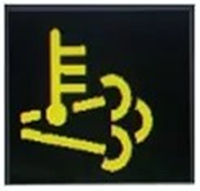
In order to meet the changing market requirements, we now add DPF after-treatment control function to HGM9300CAN control module:
1.Can display the level, temperature, injection pressure and dosage of DEF treating fluid;
2.Display the amount of soot and ash in DPF;
3.Control forced active regeneration and inhibit active regeneration;4.Add data display (exhaust temperature, oxygen sensor data), after-treatment indication and alarm display.
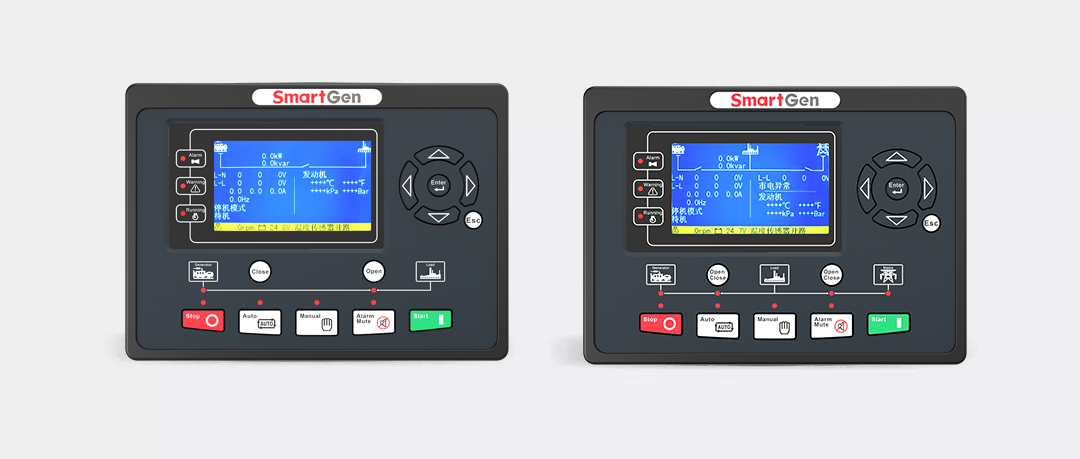
HGM9310CAN/HGM9320CAN
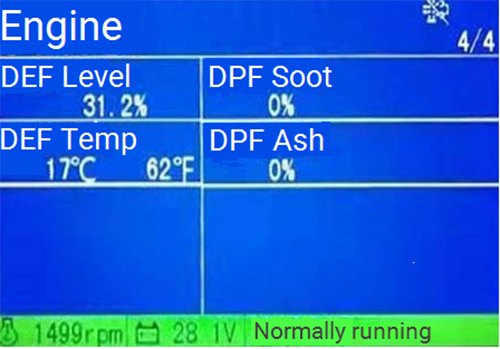
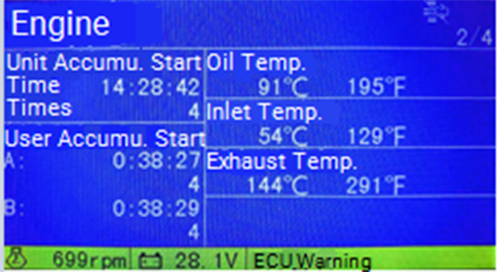
Control Module Display Interface
We can use the DPF regeneration input of HGM9300CAN control module to control DPF regeneration function. If the DPF regeneration function is not required, the DPF active regeneration function can be disabled by the inhibit regeneration input of the control module.

